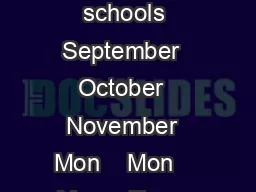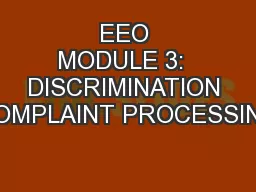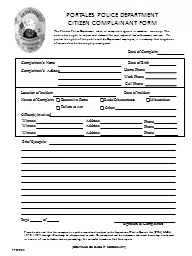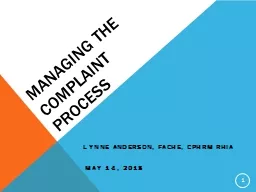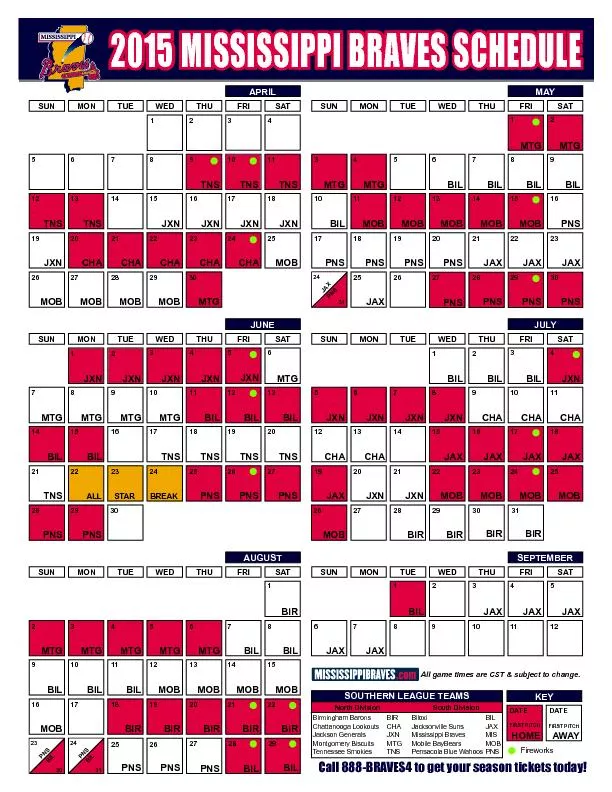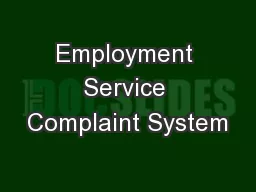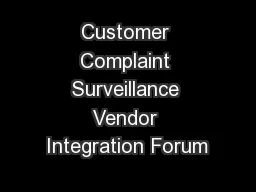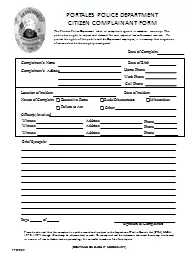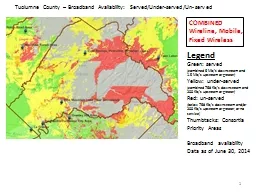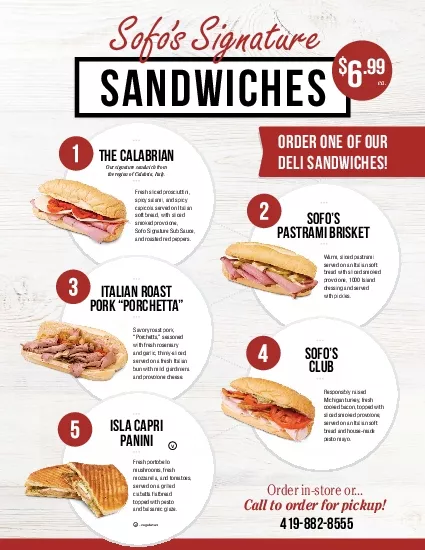PPT-Wed., Oct. 4 p urposes served by a complaint (and answer)
Author : jane-oiler | Published Date : 2018-03-14
can pleading standards be used to weed out factual allegations without adequate evidentiary support before discoverytrial modern approach notice pleading Rule 8
Presentation Embed Code
Download Presentation
Download Presentation The PPT/PDF document "Wed., Oct. 4 p urposes served by a compl..." is the property of its rightful owner. Permission is granted to download and print the materials on this website for personal, non-commercial use only, and to display it on your personal computer provided you do not modify the materials and that you retain all copyright notices contained in the materials. By downloading content from our website, you accept the terms of this agreement.
Wed., Oct. 4 p urposes served by a complaint (and answer): Transcript
Download Rules Of Document
"Wed., Oct. 4 p urposes served by a complaint (and answer)"The content belongs to its owner. You may download and print it for personal use, without modification, and keep all copyright notices. By downloading, you agree to these terms.
Related Documents


